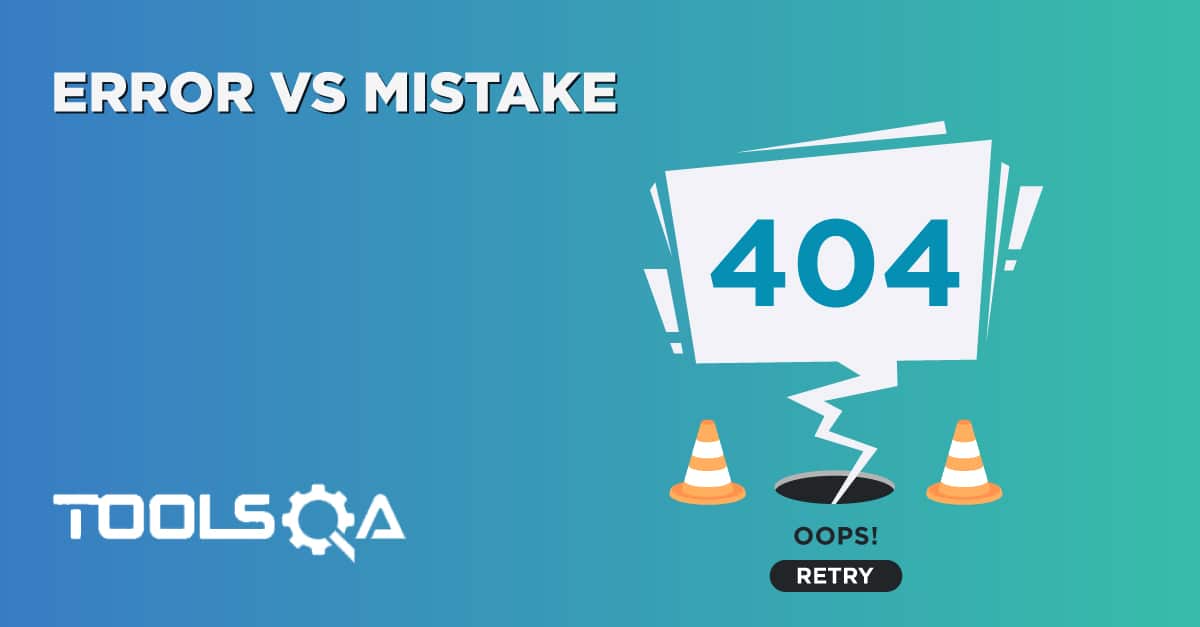What is Sanity Testing?
The terminologies such as Smoke Test or Build Verification Test or Basic Acceptance Test or Sanity Test are interchangeably used, however, each one of them is used under a slightly different scenario. It is a part of Functional Testing.
Sanity Testing is a software testing technique performed by the test team for some basic tests. Whenever a new build is received, after minor changes in code or functionality, Sanity testing is performed to ascertain that the bugs have been fixed.
Sanity Testing is done after thorough regression testing is over. It is done to make sure that any defect fixes or changes after regression testing does not break the core functionality of the product. The goal is to determine that the proposed functionality works roughly as expected. It follows a narrow and deep approach and concentrates on detailed testing of some limited and main features. Sanity Test determines whether it is reasonable to proceed with further testing. Sanity tests are mostly non-scripted.
The objective of Sanity Testing is to determine that the developer has applied some rationality (sanity) while producing the software.
- Sanity is done by Tester.
- Sanity is done for mature builds like build those are just going to hit production and have gone through multiple regression process.
- Sanity can be removed from the testing process if regression is in the process of testing.













